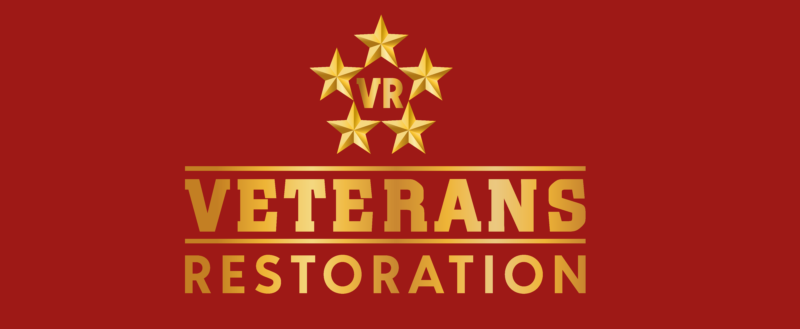Orange County, Ca
- Available 24 Hours a Day
- (855) 838-7737
Our Process
- Home
- Our Process
FROM RESPONSE TO COMPLETION
Step One: Initial Contact
Veterans Restoration’s first step is the initial phone call meant to introduce, welcome, and gather important initial information. We understand what you are going through and are here to help. This step is very important in order to garner the sense of urgency as well as to establish a plan for moving forward.
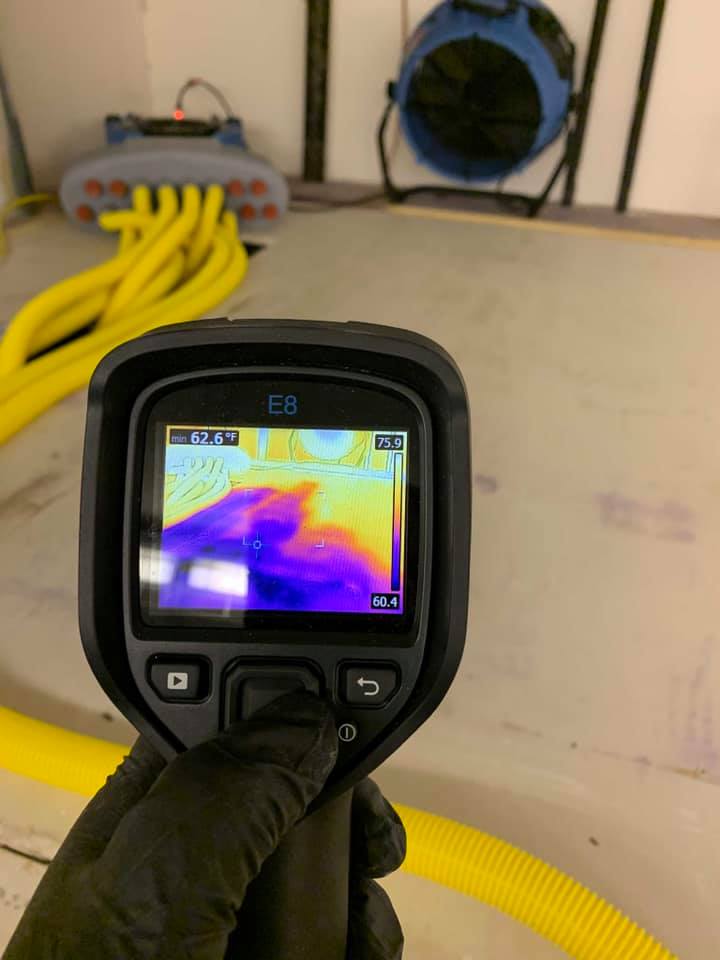
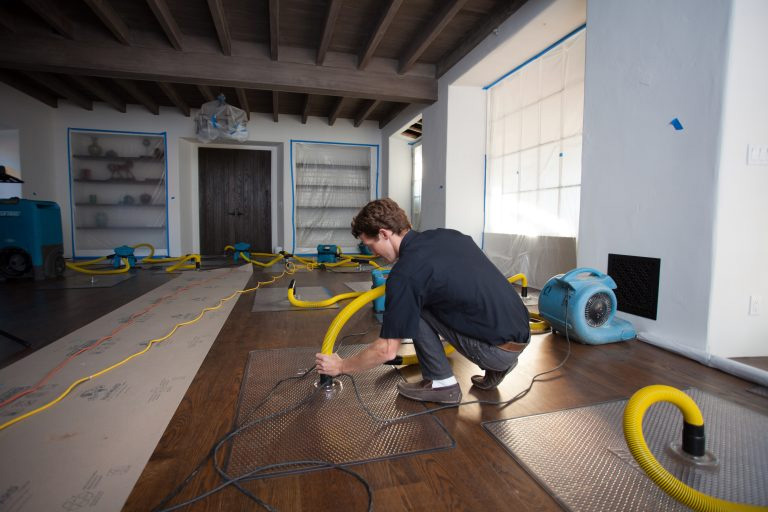
Step Two: Provide for the Safety and Health of Workers and Occupants
Veterans Restoration is committed when first arriving at a water damage site to identify and eliminate any safety hazards that could affect the health and safety of workers and occupants during the restoration process.
Step Three: Document and Inspect the Project
Veterans Restoration will evaluate the extent of water migration and be able to measure the amount of moisture absorbed by materials in order to properly scope the work necessary. As drying is attempted, we verify that anticipated progress is actually being achieved by conducting several inspections of the drying environment:
• Initial Inspection — identifying any and all items that can influence our end goal.
• Ongoing Inspection(s) — to ensure that the expected progress is being made.
• Final Inspection (Completion) — to ensure materials have dried to the pre-determined goals of our high standards along with the clients expectations.
• Initial Inspection — identifying any and all items that can influence our end goal.
• Ongoing Inspection(s) — to ensure that the expected progress is being made.
• Final Inspection (Completion) — to ensure materials have dried to the pre-determined goals of our high standards along with the clients expectations.

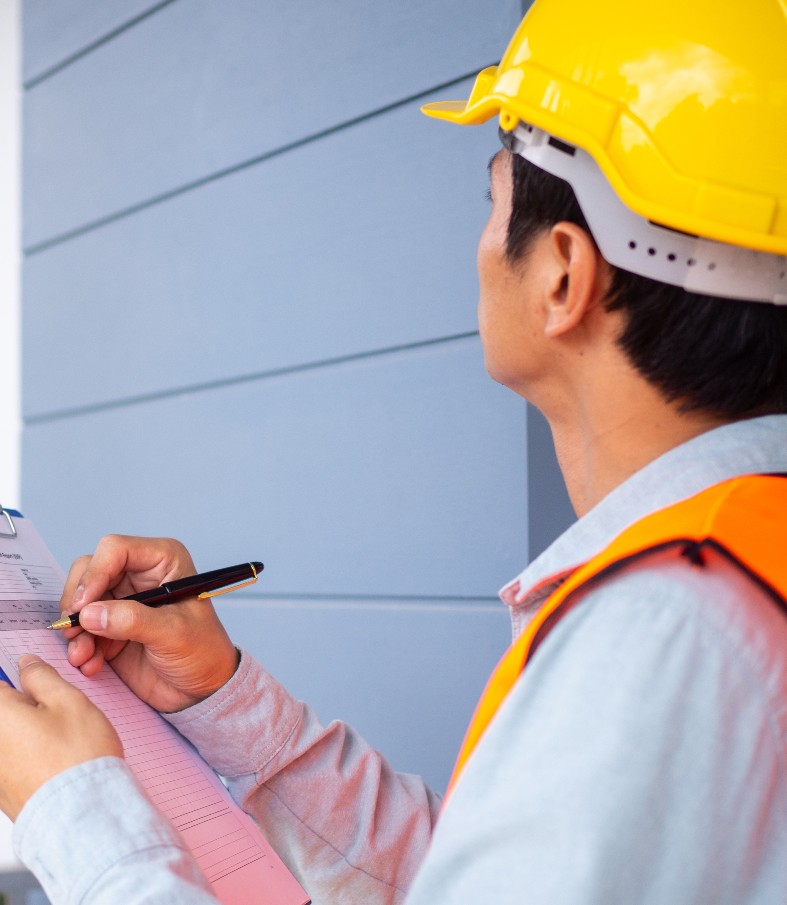
Step Four: Mitigate Further Damage
Our Drying decisions are made based upon the information obtained during the initial assessment. The inspection not only checks the extent of moisture intrusion, but also considers the potential for additional water damages.
We aim to Control the Spread of Contaminants to eliminate any secondary damage including microbial growth which can ultimately result in compromised health. The restorer identifies any health concerns arising from pre-existing conditions or from the water intrusion. Care is taken to contain contaminants and not spread them to unaffected areas of the structure. The source of water intrusion must be stopped and controlled in order for the restorative drying effort to return the structure and contents to an acceptable condition. We accomplish this by promptly extracting any standing water by drying and disinfecting all required areas. We thoroughly clean, repair, and restore any and all affected sections of your property that were damaged by water, flood, fire, storm, or sewage. We also pack out and remove/restore your personal belongings for appropriate handling.
We aim to Control the Spread of Contaminants to eliminate any secondary damage including microbial growth which can ultimately result in compromised health. The restorer identifies any health concerns arising from pre-existing conditions or from the water intrusion. Care is taken to contain contaminants and not spread them to unaffected areas of the structure. The source of water intrusion must be stopped and controlled in order for the restorative drying effort to return the structure and contents to an acceptable condition. We accomplish this by promptly extracting any standing water by drying and disinfecting all required areas. We thoroughly clean, repair, and restore any and all affected sections of your property that were damaged by water, flood, fire, storm, or sewage. We also pack out and remove/restore your personal belongings for appropriate handling.
Your home might be affected by one of the following types of home water damage:
• Ceiling
Water Damage
Water Damage
• Drywall
Water Damage
Water Damage
• Hardwood Floor
Water Damage
Water Damage
• Carpet
Water Damage
Water Damage
Repairing Ceiling Water Damage
Common ceiling damage signs to watch for:
Common ceiling damage signs to watch for:
- Sagging ceiling
- Cracked, chipped or peeling paint or plaster
- Brown or yellowish stains
- Repairing ceiling water damage may be as simple as removing and replacing drywall in the affected area. Or repairs can be extensive, such as rebuilding a section of your home.
- If the water damage is contained to a small area, Veterans Restoration will remove the affected area, ensure the water source is found and documented, then replace the drywall, mud and paint.
- Extensive damage from a leaky roof is best left to the professionals with water damage repair and restoration training. Veterans Restoration have the skills and tools to restore and repair by drying the affected areas properly and promptly.
Repairing Drywall Water Damage
Some commons signs of drywall water damage may be:
Some commons signs of drywall water damage may be:
- Stains on the drywall
- Bulging drywall
- Bubbling joint compound
- Peeling paint
- Locate and document the water source
- Wear protective equipment and turn off the electricity
- Remove damaged portions of the drywall
- Dry the walls using fans and dehumidifiers
- Sanitize and deodorize the area
- Replace the drywall
- Mud and paint the restored drywall
Repairing Hardwood Floor Water Damage
Assessing hardwood floor water damage may be done through visual inspection. Check for:
Assessing hardwood floor water damage may be done through visual inspection. Check for:
- Buckling, cupping or crowning planks
- Fading or discoloration in the wood surface
- Warped and uneven flooring
- Find the source of the water and document all damages
- Remove damaged planks showing visible signs of warping or discoloration
- Dry out the affected area using fans and dehumidifiers
- Replace wet subflooring before installing new planks if needed
- In older homes, be advised that many floor layers used asbestos-based adhesives. Asbestos is a dangerous material to handle without the proper protection. If you suspect your flooring contains asbestos, contact us immediately as we are certified remediation specialist trained in asbestos handling.
Repairing Carpet Water Damage
The key to repairing carpet water damage is to act fast by drying out the area. To dry out water-damaged carpet, Veterans Restoration uses:
The key to repairing carpet water damage is to act fast by drying out the area. To dry out water-damaged carpet, Veterans Restoration uses:
- A commercial wet/dry vacuum
- An industry standard calculation to determine the proper amount of fans and/or air movers to properly dry the affected areas.
- A dehumidifier
Step Five: Follow Up
After your job is done our job is not, we follow up to make sure you are happy with our service and experience because we care and aim to treat your home as if it was our own.
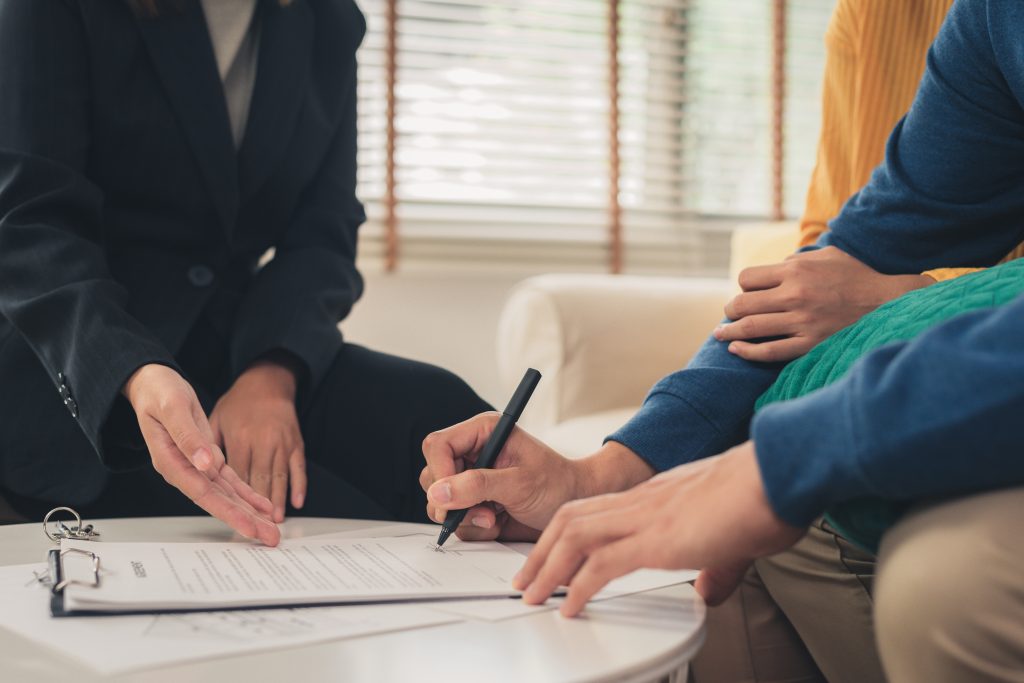
Copyright @2024 Veterans Restoration. All right reserved
